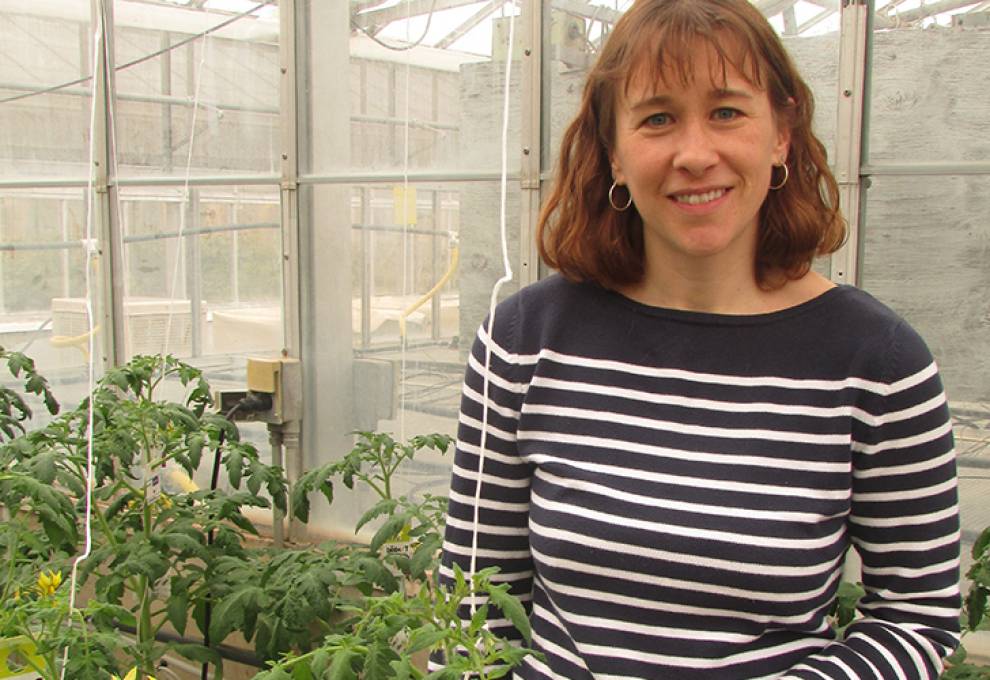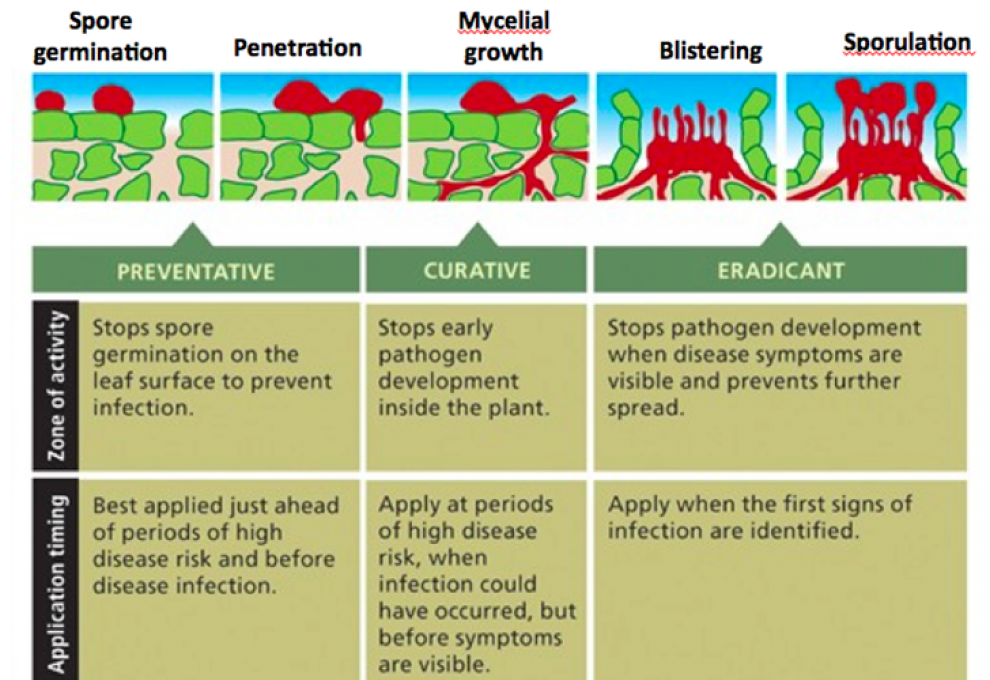

Biopesticides deserve respect. Once derided as snake oil, today’s products have proven benefits in suppressing pest organisms. Whether they activate plant defenses, parasitize or inhibit pathogen growth or make the environment less favourable to disease, they can play an integral role in crop protection.
While the greenhouse sector first excelled at incorporating biopesticides in controlled environments, the learnings are now being extended to field production. Berries are prime candidates for biopesticides in an integrated pest management system according to Anissa Poleatewich, research scientist, plant pathology, Vineland Research and Innovation Centre (Vineland). She outlined how to use these products in a Biocontrol Berry Day sponsored by the Ontario Berry Growers’ Association on March 8.
“To date, biopesticides have not been used widely in berries, but with pathogen resistance to fungicides increasing, biocontrol can play a role,” says Poleatewich. “Rotating between chemical and biocontrol products and in somecases, tank mixing biopesticides with conventional products is an option.”
Biopesticides are derived from natural materials such as animals, plants, bacteria and certain minerals. These include microorganisms and naturally-occurring substances. They suppress diseases with unique modes of action, offering
preventative but not curative control. Working best at low to moderate disease pressures, they promote rooting and plant growth.
There is a different mindset in using biopesticides. Rather than controlling disease at high costs which is often reactive in nature, growers must be more proactive in managing disease below an economically damaging
threshold.
~ Anissa Poleatewich
One example is a product called Rootshield distributed by BioWorks. It releases enzymes that dissolve the cell wall of many fungal pathogens, promoting a healthier root system. This enables plants to resist stress and to have better uptake of nutrients. The bonus is that there is zero re-entry interval.
Make no mistake. Biopesticides cannot offer 100 per cent protection nor are they effective at high disease pressures. They do not last indefinitely and don’t work under environmental extremes.
What makes biopesticides unique is that their modes of action differ from conventional fungicides. And several modes of action are often at play. For example:
• antagonistic metabolites are toxins or enzymes that kill or interfere with other microorganisms
• induced host resistance means plant defenses are turned on
• nutrient and niche competition means that the biocontrol agent outcompetes the pathogen for space or nutrients
• predation or parasitism means the microbial agent attacks or consumes the pathogen
By deploying several modes of action, growers are able to manage development of resistance to conventional crop protection products. Most biopesticides are exempt from Maximum Residue Limits (MRLs) and receive high marks for worker safety. There is minimal impact on beneficial organisms.
As Poleatewich points out, there is a different mindset in using biopesticides. Rather than controlling disease at high costs which is often reactive in nature, she says that growers must be more proactive in
managing disease below an economically damaging threshold.
“This is a continual process and growers must know the pathogen biology,” she says.
“A learning curve is needed and will likely involve extension specialists and product technical support. Apply according to the label and check for compatibility with other products.”
Her best advice to berry growers is to limit pathogen spread with cultural practices. Limit conditions that are favourable to disease. Start early and start clean. Promote plant health. Use disease-resistant varieties.
Chart source: Syngenta STRI Tech Notes Issue 12 - Fundamentals of fungicide selection

Add new comment